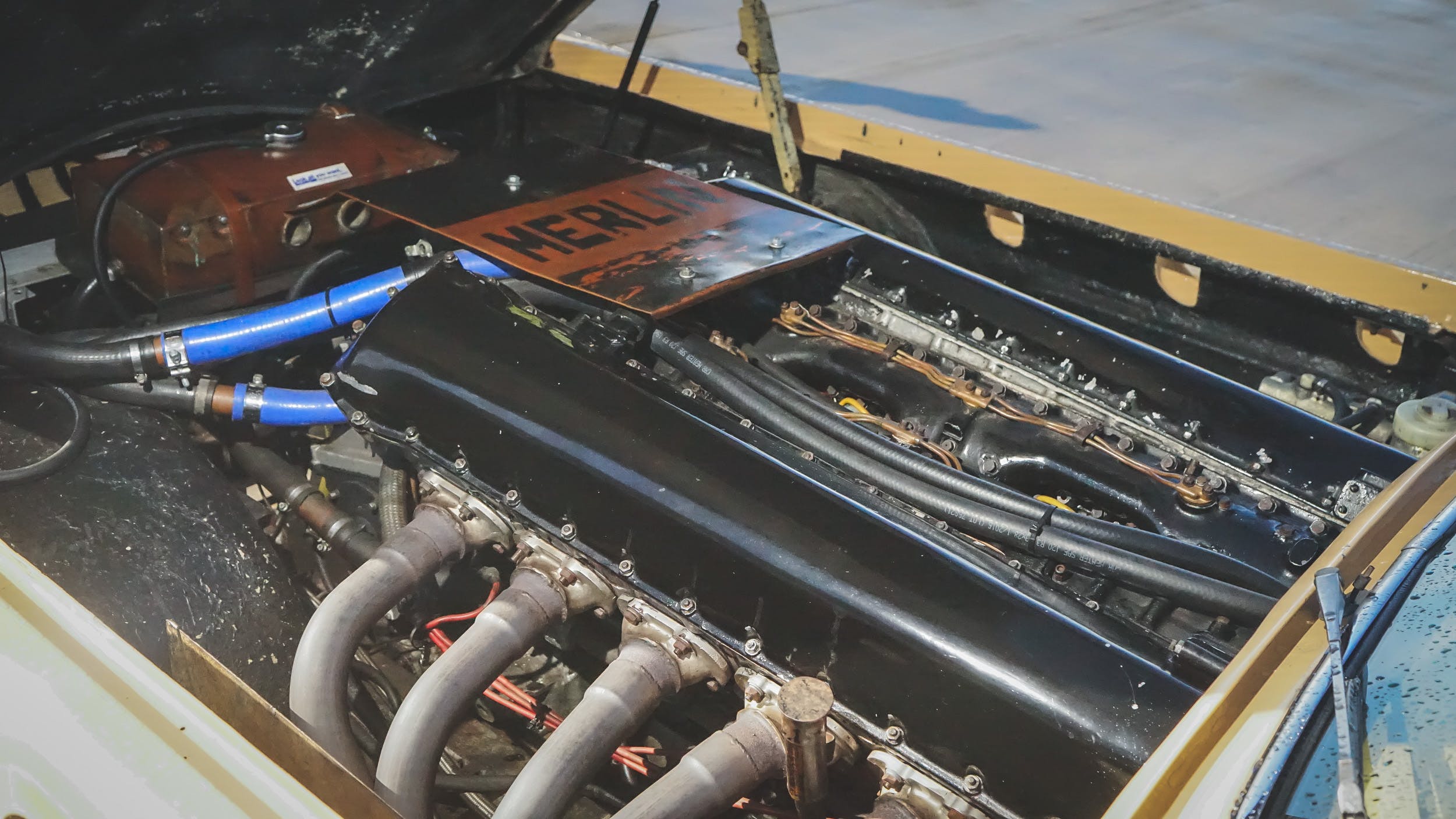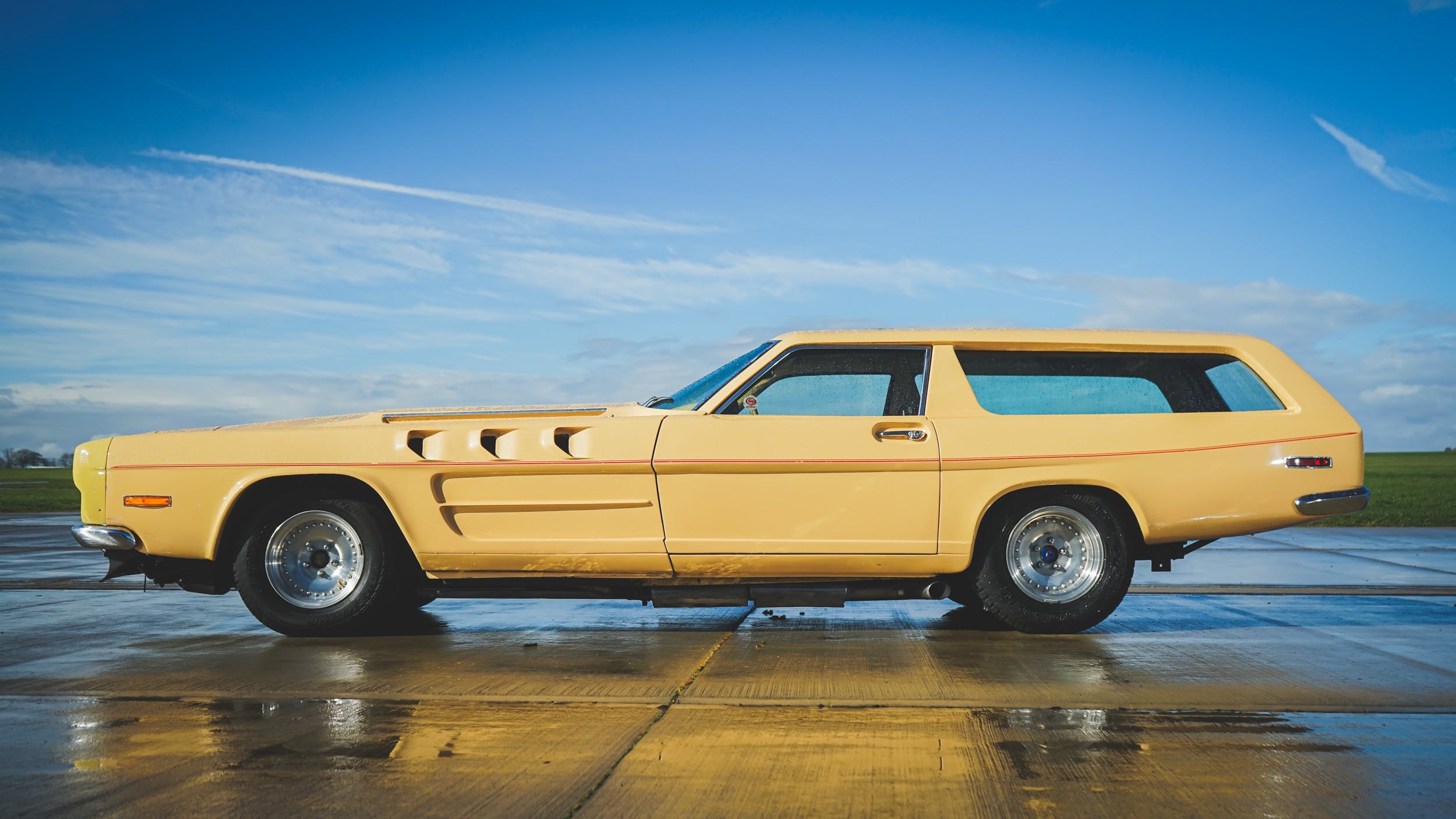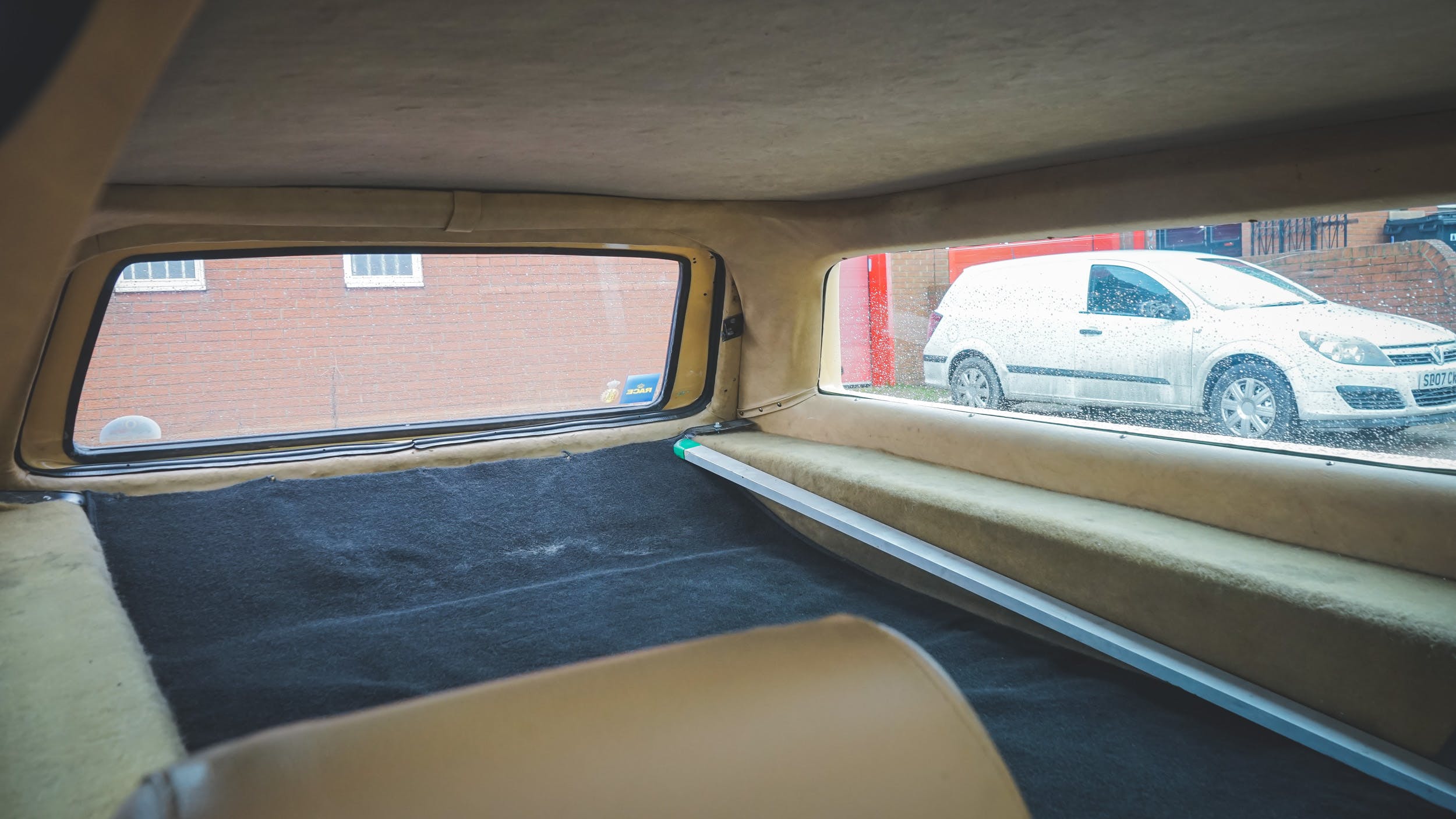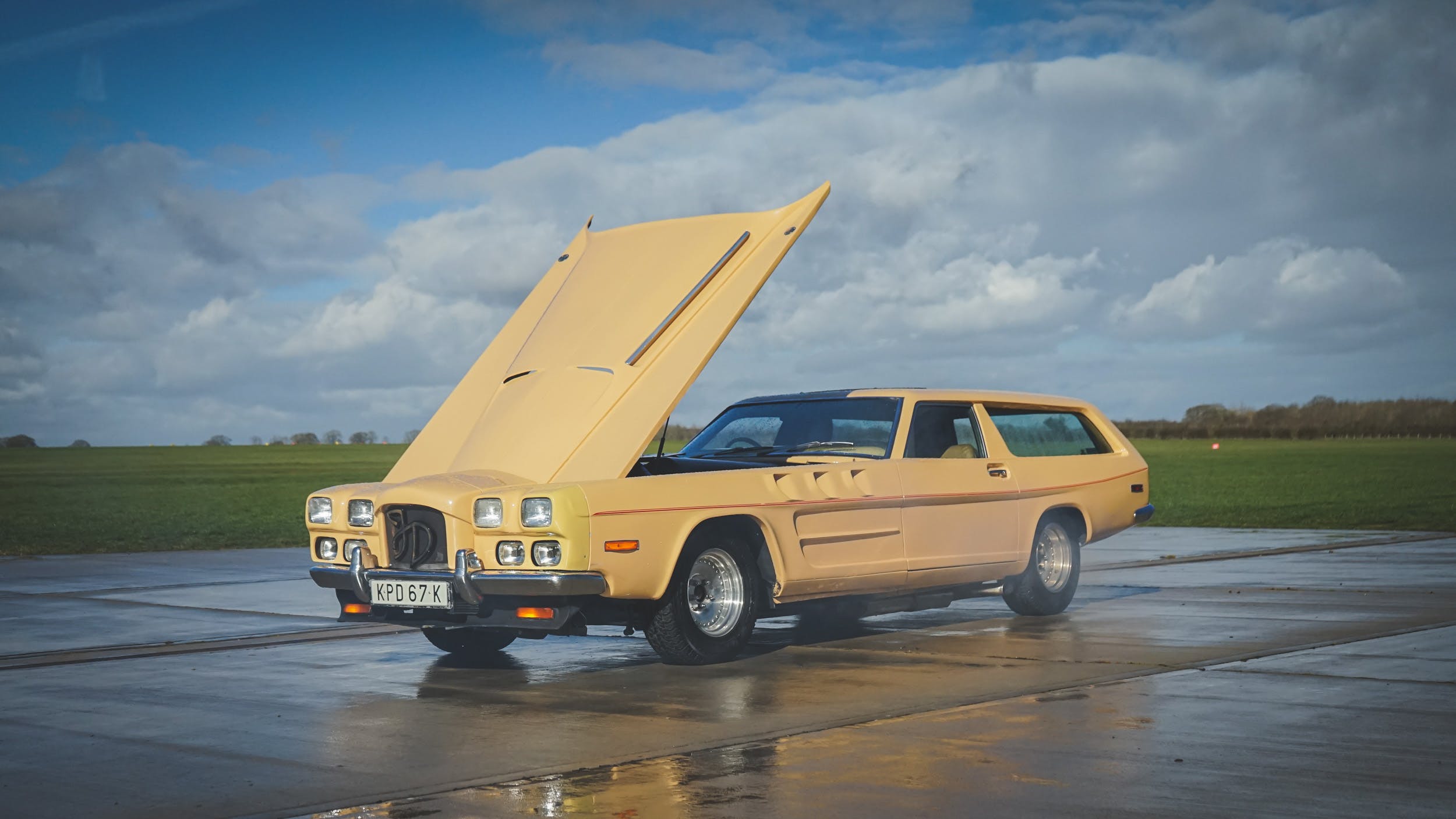BlackLotus, a UEFI bootkit that’s sold on hacking forums for about $5,000, can now bypass Secure Boot, making it the first known malware to run on Windows systems even with the firmware security feature enabled.
Secure Boot is supposed to prevent devices from running unauthorized software on Microsoft machines. But by targeting UEFI the BlackLotus malware loads before anything else in the booting process, including the operating system and any security tools that could stop it.
Kaspersky’s lead security researcher Sergey Lozhkin first saw BlackLotus being sold on cybercrime marketplaces back in October 2022 and security specialists have been taking apart piece by piece ever since.
[…]
BlackLotus exploits a more than one-year-old vulnerability, CVE-2022-21894, to bypass the secure boot process and establish persistence. Microsoft fixed this CVE in January 2022, but miscreants can still exploit it because the affected signed binaries have not been added to the UEFI revocation list, Smolár noted.
“BlackLotus takes advantage of this, bringing its own copies of legitimate – but vulnerable – binaries to the system in order to exploit the vulnerability,” he wrote.
Plus, a proof-of-concept exploit for this vulnerability has been publicly available since August 2022, so expect to see more cybercriminals using this issue for illicit purposes soon.
Making it even more difficult to detect: BlackLotus can disable several OS security tools including BitLocker, Hypervisor-protected Code Integrity (HVCI) and Windows Defender, and bypass User Account Control (UAC), according to the security shop.
[…]
Once BlackLotus exploits CVE-2022-21894 and turns off the system’s security tools, it deploys a kernel driver and an HTTP downloader. The kernel driver, among other things, protects the bootkit files from removal, while the HTTP downloader communicates with the command-and-control server and executes payloads.
The bootkit research follows UEFI vulnerabilities in Lenovo laptops that ESET discovered last spring, which, among other things, allow attackers to disable secure boot.
[…]
Source: It’s official: BlackLotus malware can bypass secure boot • The Register










